Port Lympne’s breathtaking Spencer Roberts Room: Where art and interior design meet a love of wildlife
The Spencer Roberts Room at the Port Lympne Hotel contains a spectacular mural that can teach us all something about having our interiors exactly as we want them.
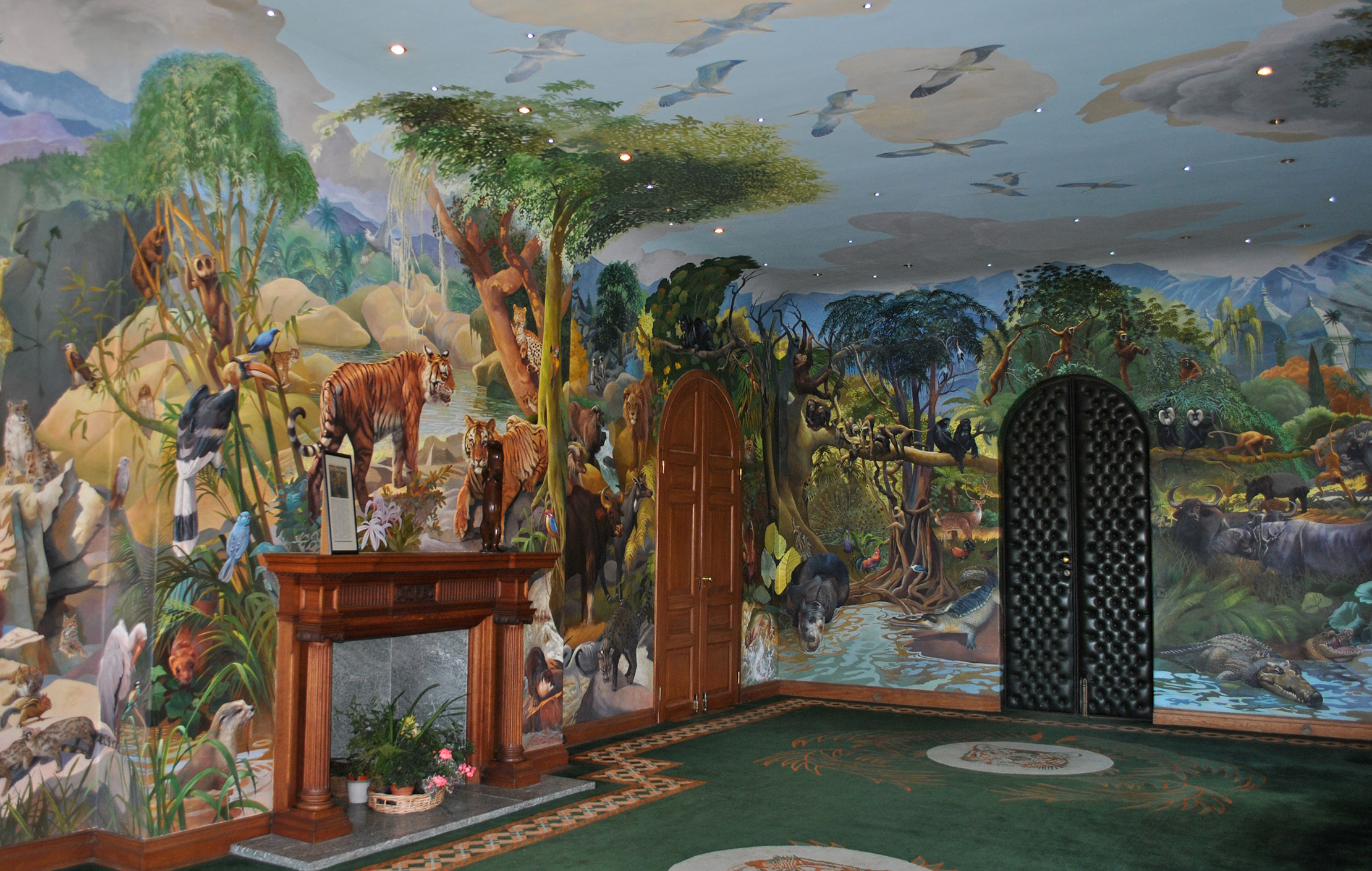
It never ceases to amaze us how often the stories of Britain's country houses — and other landmarks — seem to turn on a quirk of fate. We recently featured Avington Park, a 50-bedroom house bought by someone who was after a five-bedroom home. Then there's the hilarious tale of Stonehenge: Cecil Chubb had been sent by his wife to an auction to buy some chairs, and ended up buying the world's most famous stone circle instead.
Such it is with the country house that is today the centrepiece of the Port Lympne Hotel. Wildlife park owner, conservationist and gambling impresario John Aspinall only bought the place in 1973 since he lived next door, and needed the land to expand his growing collection of wild animals.
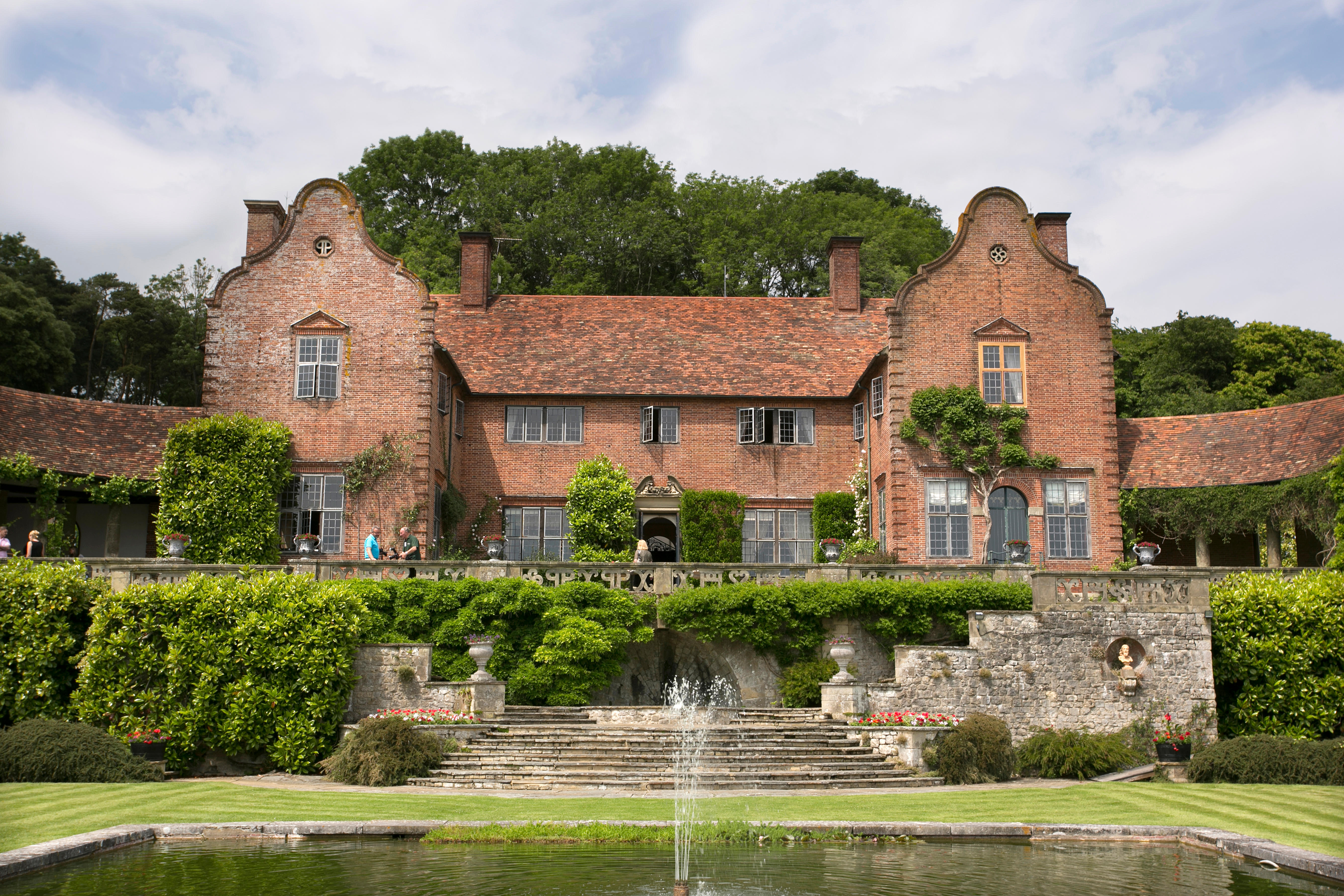
Having bought the mansion, however, he and his wife fell in love with the place and spent a decade restoring it to its former glory. There are grand rooms, fine gardens and a breathtakingly charming Moroccan courtyard on the first floor. But, perhaps best of all, there is a mural by the artist Arthur Spencer Roberts: an entire room whose walls and ceiling are covered in a wonderful mural of hundreds of animals, birds and insects against jungle and savannah backgrounds. It's like a mini-Sistine Chapel of exotic wildlife painting.

Photographing the room isn't easy. One day in the future we'll probably have some sort of miniaturised Google Street View style camera with which to show off a painting which surrounds and envelops the entire space. Until then, we'll have to make do a mix of focusing in on some of the best sections, and using wider-angle shots which simply can't capture the feeling.
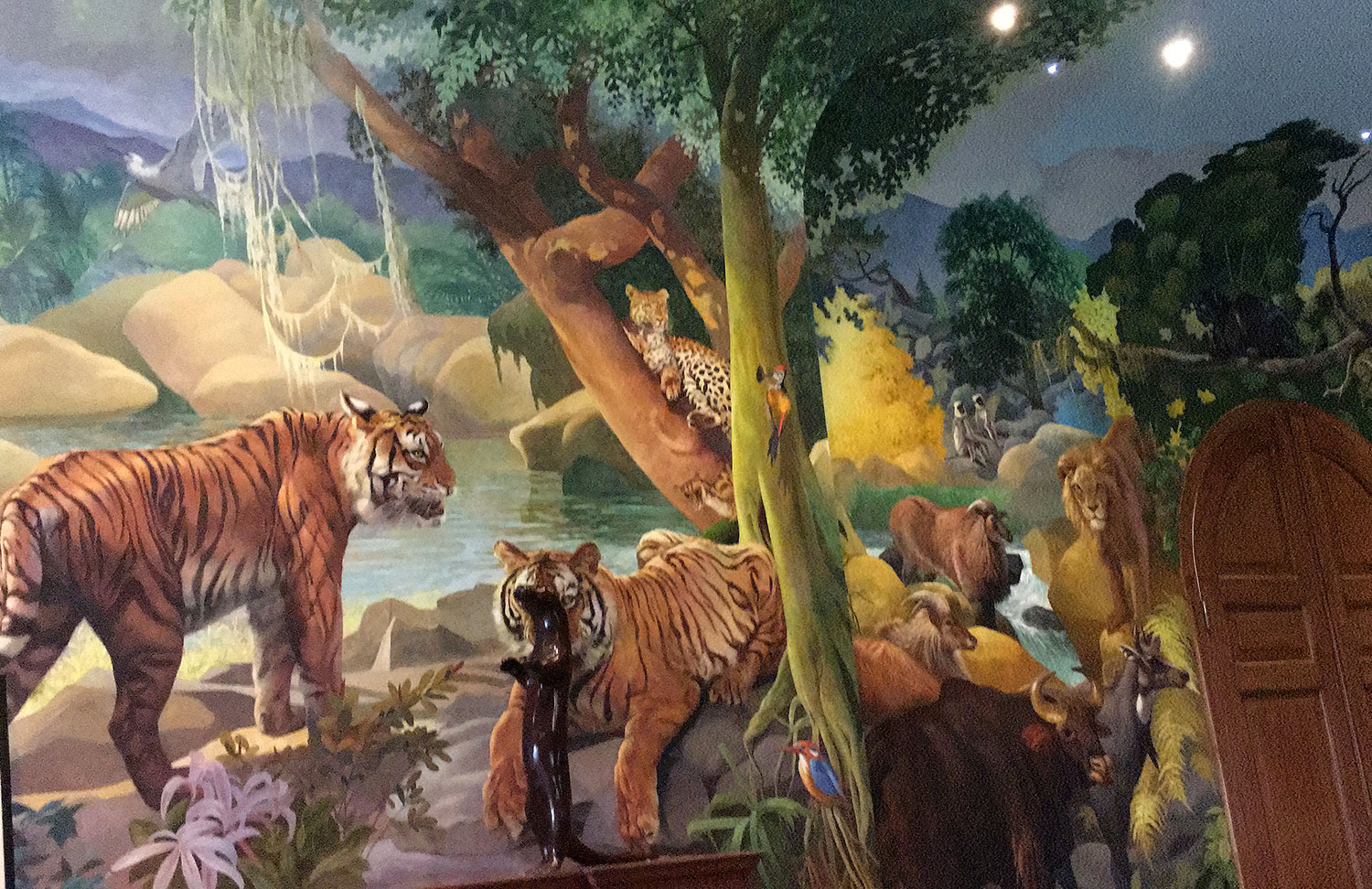
No doubt art critics might argue that it is deficient in some way or another, since that's what they tend to do. And indeed Roberts himself pre-empted such criticism: 'Of course we are not great artists in competition with the Braques and the Picassos,' he said. 'We are illustrators and part of a long British tradition.'
That underplays the achievement, but then again Roberts was always — by all accounts — extremely modest about his work. Apart from anything else, the artist spent three years working on his murals at Port Lympne, demonstrating perfectionism and tenacity that any of the greats would be proud of.
Roberts isn't wrong about it being a great tradition, however, and indeed his aren't the only murals at the house. The 'Tent Room', painted by Rex Whistler before the Second World War, is also noteworthy, if less dramatic.
Sign up for the Country Life Newsletter
Exquisite houses, the beauty of Nature, and how to get the most from your life, straight to your inbox.
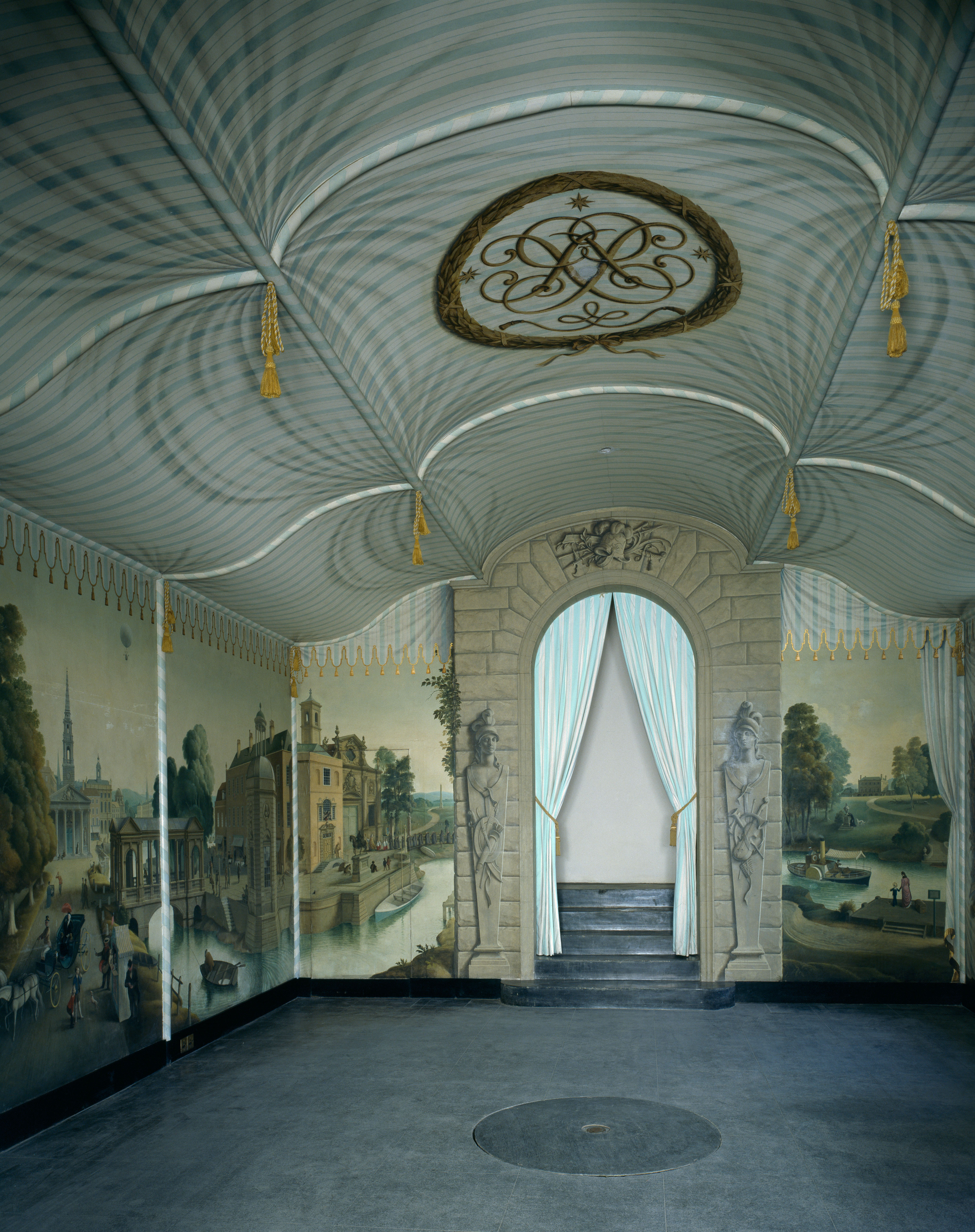
In any case, the lesson to be learned from the Spencer Roberts Room at Port Lympne isn't about art or expression. Instead, the message is this: if you have a passion for something, and wish to do something rather extraordinary or unconventional in your home, then go for it.
Dive in with both feet. Double down on your bet. That way, you will love it — and no matter what anybody else might think, the passion that inspired it will shine through.

In Focus: The charmed life of Paddy Leigh Fermor and friends in Greece
The iconic writer Paddy Leigh Fermor and two of his friends in Greece – both artists, one a local man and
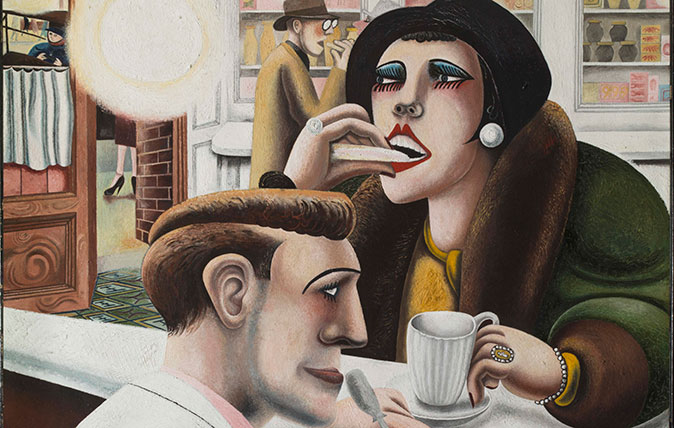
In Focus: The evocative, sensual masterpiece created in the wake of the First World War
Edward Burra was too young to have fought in the First World War, but his powerful oil painting The Snack
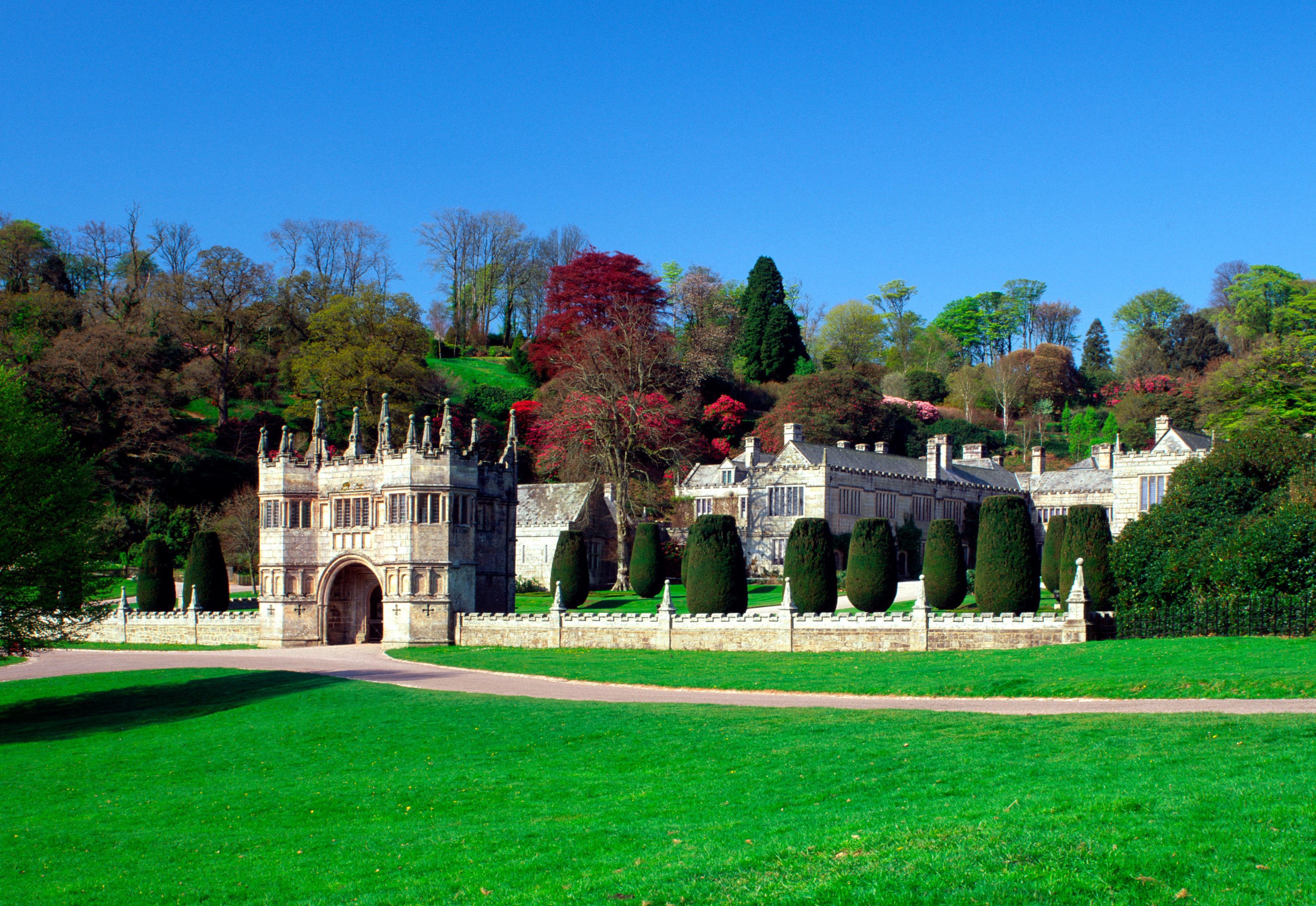
In Focus: The Mansions of Cornwall, as they existed in 1846
A rare survey of over 80 Cornish country houses has been found and reprinted – Adrian Tinniswood takes a look.

In Focus: The story behind Snoopy and Schulz's beloved 'Peanuts' cartoon strip
Alexandra Fraser visits the home of Charles Schulz in Sonoma County, California, to discover the origins of Somerset House’s latest
Toby Keel is Country Life's Digital Director, and has been running the website and social media channels since 2016. A former sports journalist, he writes about property, cars, lifestyle, travel, nature.
-
 Designer's Room: A solid oak French kitchen that's been cleverly engineered to last
Designer's Room: A solid oak French kitchen that's been cleverly engineered to lastKitchen and joinery specialist Artichoke had several clever tricks to deal with the fact that natural wood expands and contracts.
By Amelia Thorpe
-
 Chocolate eggs, bunnies and the Resurrection: Country Life Quiz of the Day, April 18, 2025
Chocolate eggs, bunnies and the Resurrection: Country Life Quiz of the Day, April 18, 2025Friday's quiz is an Easter special.
By James Fisher

